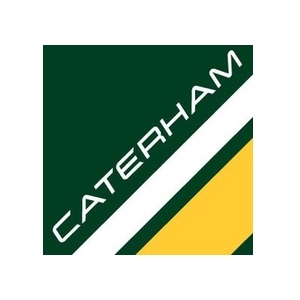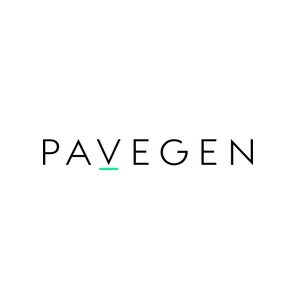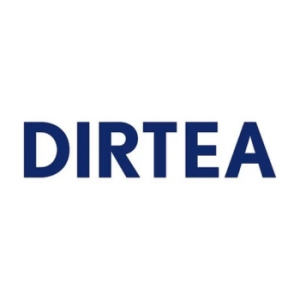Search-a-brandPowered by BRANDSMITHS
Search-a-brand assists you in researching, choosing and building a brand for your company, service or product. Try it out and search with the intended name!

THE AI ARMS RACE IN PATENT PROTECTION
Author: Craig Chaplin
Opportunities vs the risks.
The rapid development and deployment of artificial intelligence is reshaping industries across the globe and the world of patent protection is no exception. Companies, patent examiners, and even bad actors can leverage AI in ways that create a game of intellectual property chess with seriously high stakes and consequences.
Will those with the best super computer win?
Companies supercharging Patent applications with AI
Businesses are already turning to AI tools to speed up and improve the patent application process. These tools can analyse vast amounts of technical literature, identify novel aspects of a technology, and even begin to draft initial versions of patent applications or improve human produced first drafts (thank you to Tamar Gomez of Ankar.ai for the fastest demo ever!). For example:
IBM uses AI to streamline its patent filings, enabling faster identification of innovations worthy of protection.
Google employs AI to review its vast research output and spot trends that may lead to patentable breakthroughs.
Coincidentally (but unsurprisingly!) both top the rankings in relation to patents relating to AI. The result is that companies are increasingly able to make applications more quickly, cheaply and efficiently, potentially gaining an edge in competitive markets. It also means that the volume of applications has increased, making it harder for examiners to keep up.
Patent examiners leveraging AI for better scrutiny
So should we feel sorry for the examiners? Does anyone, ever? To manage the surge in applications and ensure quality of outcomes, patent offices worldwide are themselves deploying their own AI tools. These tools help examiners search prior art and analyse claims to ensure that applications meet the strict legal standards necessary for grant.
The European Patent Office uses AI to enhance its prior art searches. The United States Patent and Trademark Office is also piloting AI tools to assist examiners in analyse technical disclosures. These trends could lead to more robust patent systems, but it also creates challenges for applicants who must ensure their filings stand up to increased scrutiny and a potentially higher bar.
Companies identifying gaps and workarounds
One of the panellists London IP week flagged that AI isn’t just for filing patents. It can also be used as a tool to help companies analyse and potentially circumvent the competitive landscape.
By scanning patent databases, AI can certainly highlight gaps in existing technologies, where companies might innovate and secure new IP rights. More interestingly, it could also be used to suggest workarounds to avoid infringing on competitors’ patents. This would reduce the risk of costly litigation by staying on the right side of the law, but exploiting weaknesses of the patent portfolios of others (a sneaky but legitimate move in this strategic duel)?
We know that pharmaceutical firms use AI to design novel drug compounds that sidestep existing patents. Similarly, tech companies rely on AI to refine hardware designs that steer clear of infringement. This alternative use of AI allows businesses to “innovate” more effectively but it also increases the complexity of the IP landscape.
Patent trolls supercharging exploitation with AI
Unfortunately not all players use AI ethically. Patent trolls are leveraging AI to scan patent portfolios to identify vulnerabilities and gaps that they can fill with overly broad or ambiguous patents,with the potential to later weaponise these against legitimate innovators. This creates a significant threat for companies, especially small and medium-sized enterprises, which may lack the resources to fight back against opportunistic lawsuits.
Protecting your business in an AI-driven patent world
With AI shaping the patent landscape in both positive and potentially negative ways, companies need to be proactive.
Consider:
1. Tooling Up!: Use AI to strengthen your IP strategy, from identifying patentable innovations to monitoring competitors and assessing risks.
2. Collaborating with experts: Partner with patent attorneys and AI specialists who understand how to navigate this evolving environment.
3. Repeatedly monitoring the landscape: Regularly review your patent database and industry trends to stay informed about potential threats or opportunities.
4. Building a Patent Castle: Build a strong defensive portfolio, including patents and trade secrets, to deter frivolous lawsuits. Consider joining industry coalitions that advocate for legal reforms to curb abusive practices.
5. Educating your business: Ensure your whole business understands how AI is changing the IP landscape (not just in the world of patents) and what steps they can take to adapt.
In summary
AI is transforming the world of patents by creating new opportunities for innovation while also heightening risks. By understanding how AI is being used, and by whom, companies can position themselves to thrive in this fast-changing environment. The key is to stay informed, leverage AI responsibly, and remain vigilant against emerging threats. In this new game of patent protection, the best offence has to be a strong and adaptive defence.
About Brandsmiths
Brandsmiths is the law firm for the world’s leading brands. With a highly skilled team of IP lawyers, the firm specialises in all matters related to patents, trade marks, copyright, designs, confidential information, and database rights.
If you would like to discuss patent protection in more detail, please get in touch.
Brandsmiths is a trading name of Brandsmiths S.L. Limited which is authorised by the Solicitors Regulatory Authority, SRA No: 620298. Founding Partner: Adam Morallee
Privacy and Cookie Policy | Terms and Conditions | Complaint Procedure | Site by: Elate Global




















































